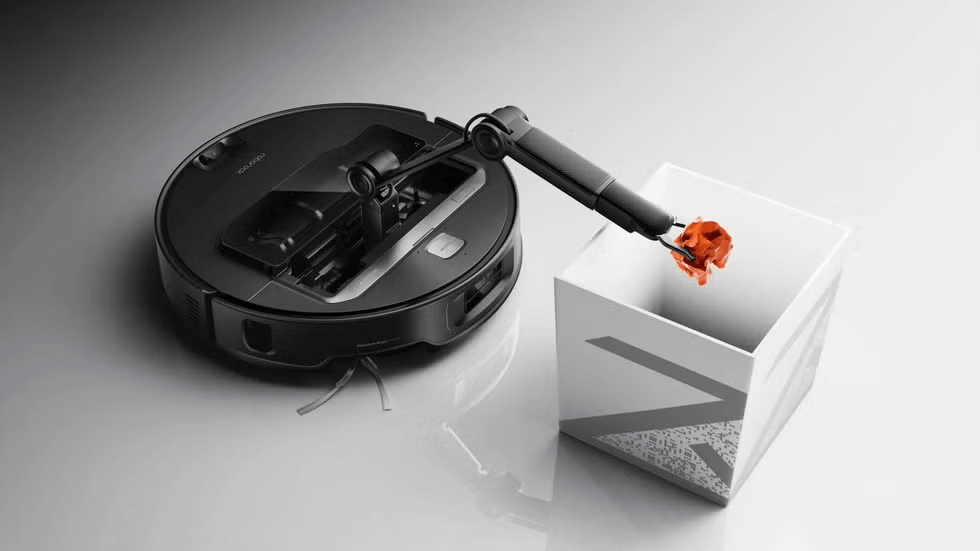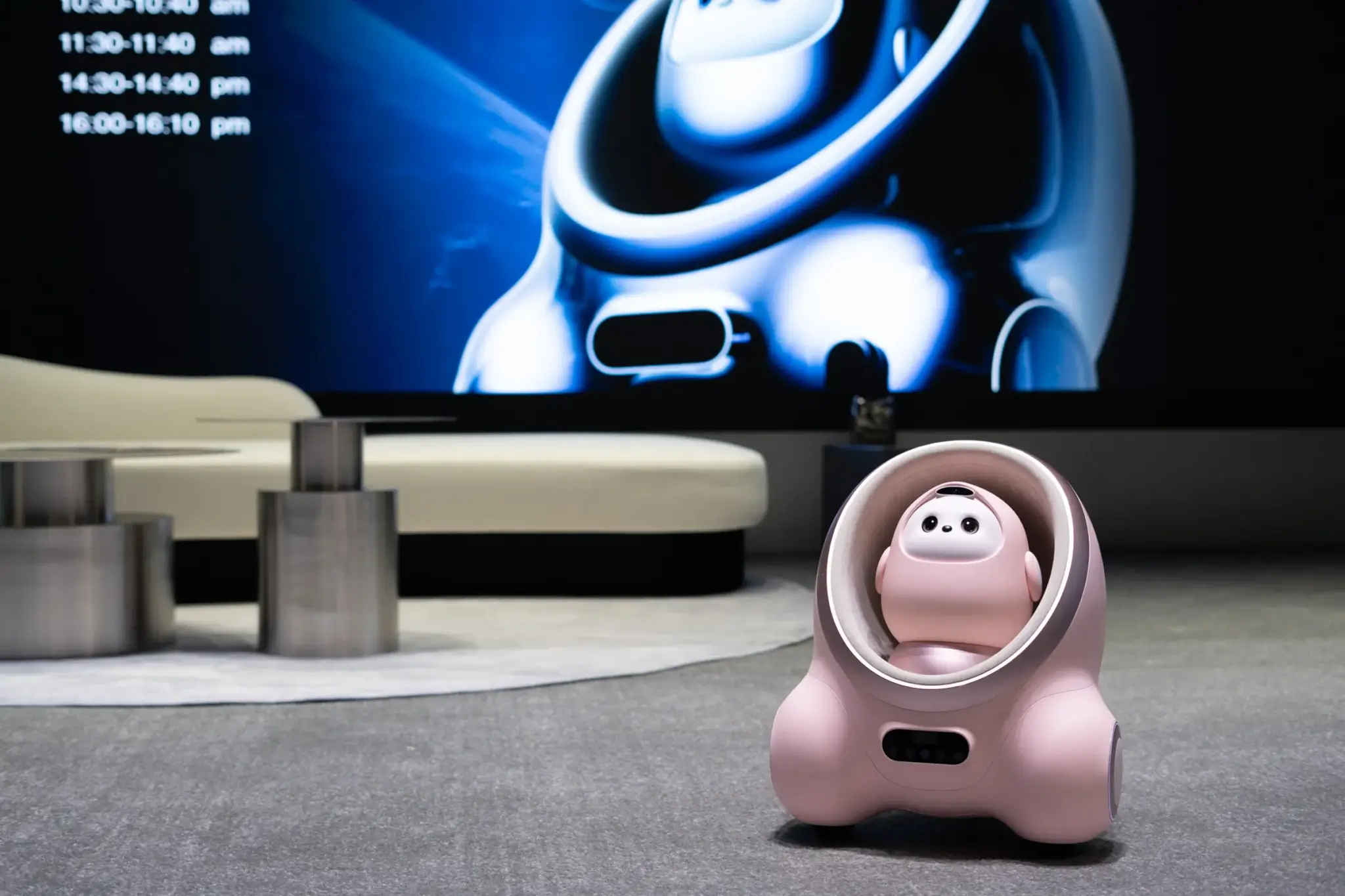Away from the Lights
A 3-hour drive from the glittering lights of CES 2025, Los Angeles was engulfed in a sobering reality: devastating wildfires. These blazes displaced hundreds of thousands, destroyed tens of thousands of properties, and, as of writing, claimed 12 lives. The juxtaposition was striking—the pinnacle of consumer tech innovation unfolding against a backdrop of humanitarian crisis. It raised a pressing question: beyond TVs that roll up like yoga mats and fridges that practically hold conversations, where are the technologies designed to save lives? How can consumer tech help us tackle the escalating threat of natural disasters?
What showed
CES 2025 wasn’t entirely devoid of disaster-preparedness innovations, but the offerings felt like drops in an ocean. Here are some notable entries that stood out:
- Ring and Kidde Collaboration
Ring, known for its video doorbells, teamed up with Kidde to develop a new line of smoke alarms that seamlessly integrate into the Ring ecosystem. The goal? Enhanced home safety through a unified, smart alert system. (Source:Digital Trends) - HMD Off-Grid Connectivity
HMD introduced a device that transforms any smartphone into a satellite communicator, enabling text messaging during network outages. Think of it as the budget-friendly cousin of the iPhone 16’s SOS feature. (Source: CNET) - Juancloud AI Fire Suppression
A promising—but, frustratingly, under-documented—system that uses AI-driven cameras and sensors to detect and suppress fires at their onset. - Medical X DEST (Digital Emergence Support Team)
DEST is an emergency response simulator designed to train professionals and improve readiness for disasters. It’s like a flight simulator, but for real-world calamities. (Source: Medical X on X) - Innova NanoJet
Originally marketed for allergen and virus removal, this portable nanospray device pivoted to address wildfire smoke, purifying air with impressive efficiency. (Source: Innova NanoJet)
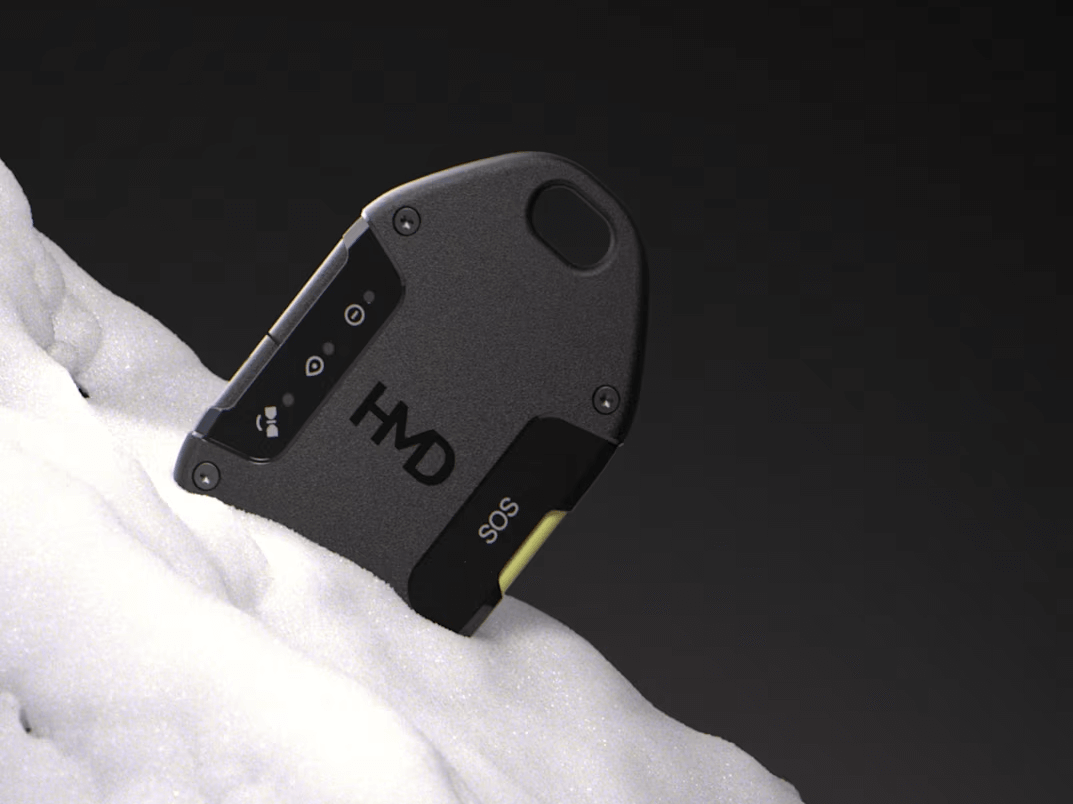
Using the OffGrid requires a subscription to one of two subscription tiers. HMD Unlimited, priced at $15 per month (or $140 for a year) after a $10 activation fee, grants unlimited texts, check-in messages and SOS services.
Room for Growth
Despite their potential, these innovations often come from smaller, lesser-known companies, many of which struggle with global distribution and scalability. And while individual stories, like a home’s survival in the Palisades Fire due to its choices in design and fire-resistant materials, offer glimpses of what’s possible, they remain exceptions rather than the rule. (Source: NBC Los Angeles)
The international stage offers further inspiration. For instance, Singapore’s laser-based water suppression systems and China’s densely populated sprinkler networks showcase the power of large-scale innovation. But these advances rarely trickle down to everyday residential use, leaving homeowners in vulnerable areas without adequate protection.
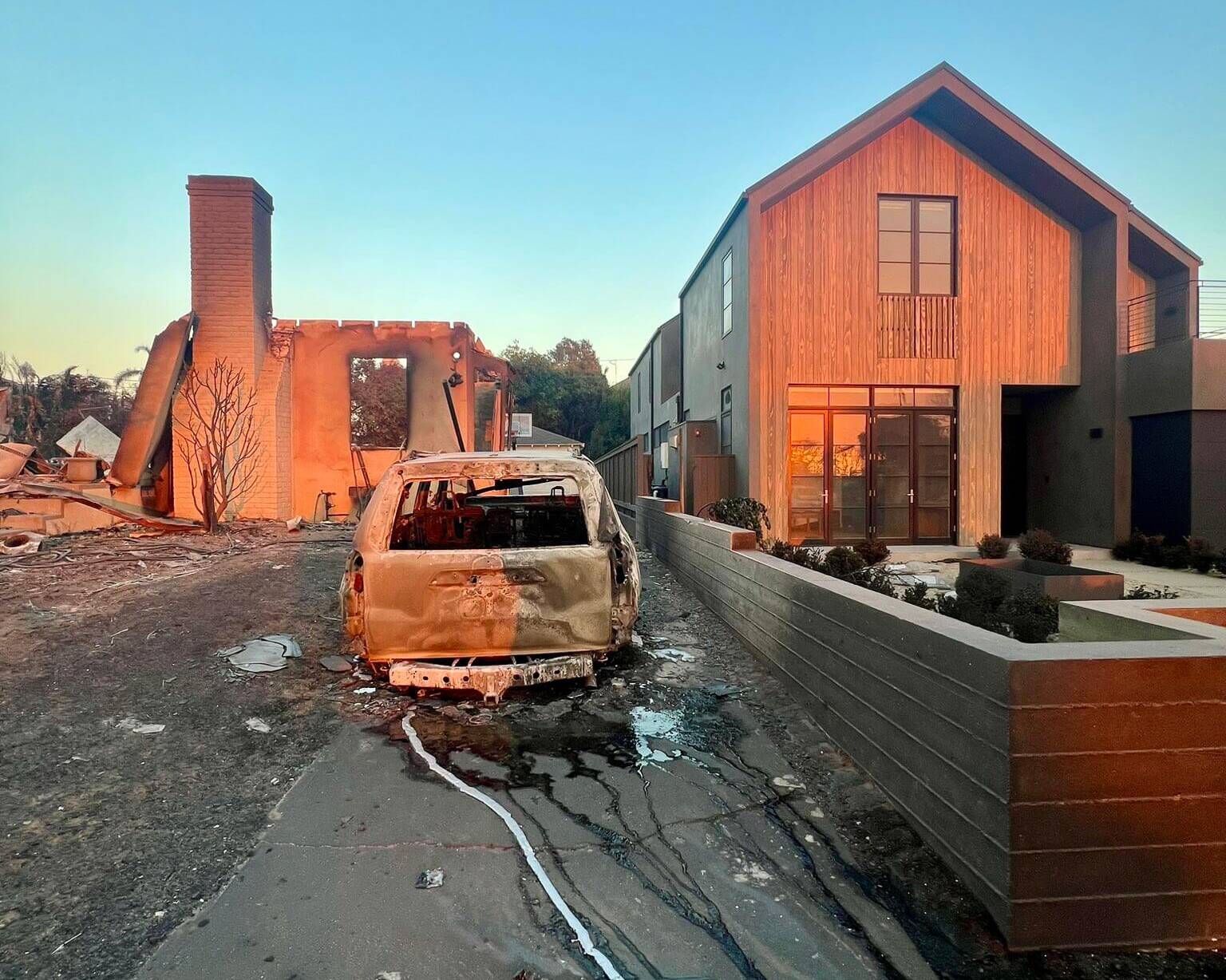
Where do we go from here?
CES is undeniably a spectacle of consumerism’s wildest dreams. But perhaps the answers to pressing safety concerns lie in more focused trade shows, like ConExpo or the National Association of Home Builders (NAHB) events. Will these platforms uncover life-saving tech and resilient design solutions? Or will we continue to celebrate conveniences while sidelining survival?
As natural disasters grow more frequent and severe, the urgency for resilient homes and communities has never been greater. We’re at a crossroads where innovation needs to step beyond the “cool factor” and start making a tangible impact where it matters most.
Additional Resources

